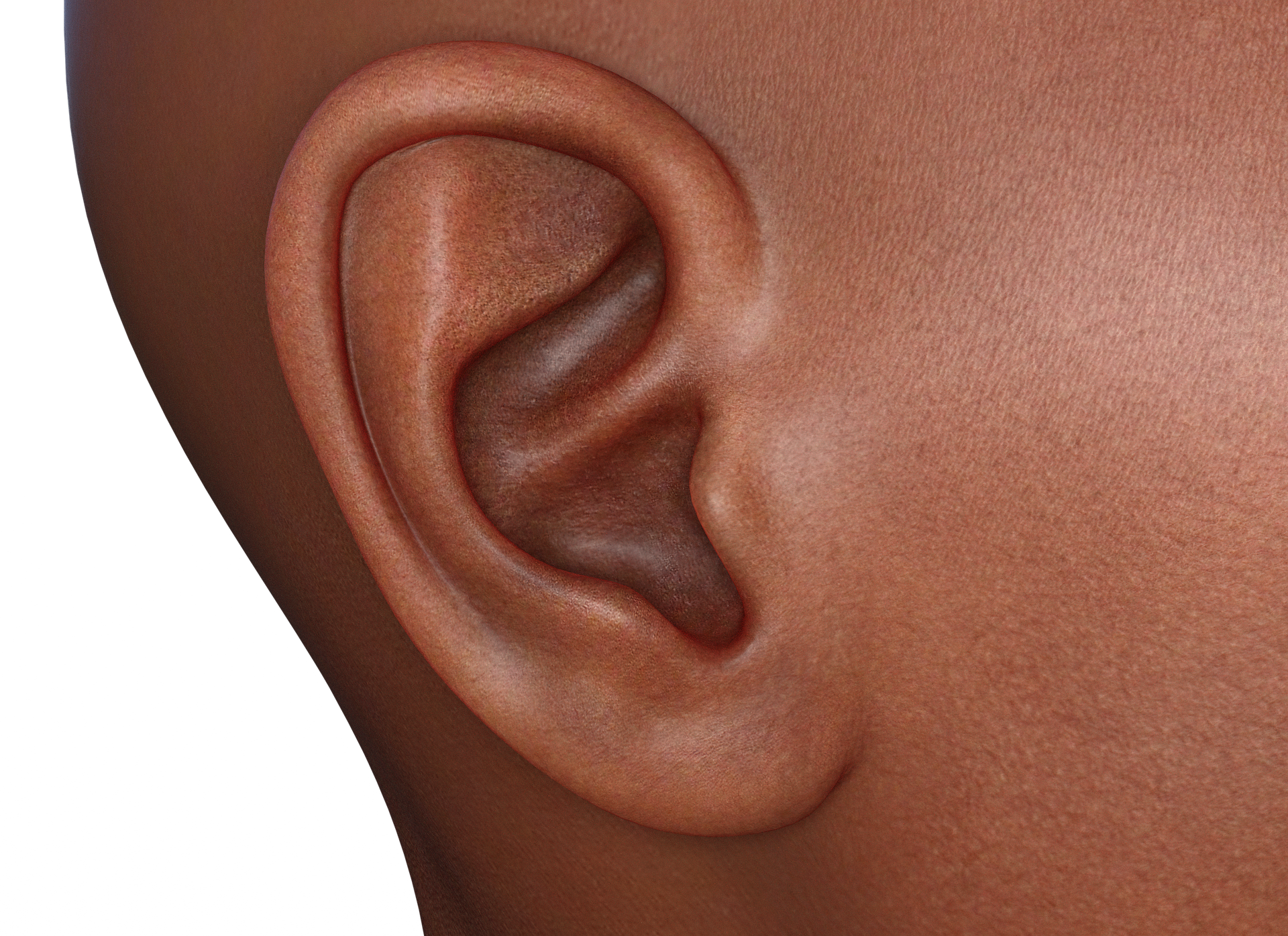
Otinova For Swimmer’s Ear Infection
Swimmer’s ear or Otitis Externa can be very painful. Otinova is a new antibacterial spray which can help to dry out your ear canal and prevent inflammation and itchiness. Read our guide to find out more about it.

Getting an ear infection during the colder months is very common and it can affect both children and adults.
Earache can be very painful, and you may also have a high temperature and a feeling of fullness inside your ear. Other symptoms include itching or inflammation, sickness, and fatigue.
You can get an infection in your inner ear, middle ear, or outer ear.
The outer ear consists of your ear lobe and your ear canal which leads to the ear drum. If you have an outer ear infection, known medically as otitis externa, it means your ear canal has become inflamed. Causes can be bacteria or fungal infections. Outer ear infections are very common in children.
An acute outer ear infection usually appears suddenly and will last for about 3 weeks. A chronic outer ear infection can last more than 3 months and sometimes leads to hearing loss.
Another type of outer ear infection is Diffuse otitis externa. This infection travels up the ear canal and can affect your eardrum. It is a common infection in swimmers because you can catch it from being in the water.
If the symptoms are very painful you should see your doctor. They may well prescribe an antibiotic, steroid, or antifungal eardrops or, if you have a particularly nasty bacterial infection, you’ll be given antibiotic tablets. If you have a boil or spot in your ear it may need piercing to drain away any pus.
The middle ear is made up of the eardrum and the ossicles (hearing bones). A middle ear infection or otitis media comes on suddenly and might last around 3 days or so. You’ll have an earache and maybe you’ll have a high temperature and no energy.
If the middle ear becomes blocked with mucus, which can happen if you have a cold, you might experience some hearing loss. This type of infection doesn’t usually need any other treatment but paracetamol or ibuprofen. Some people may develop a perforated eardrum. This is when a hole appears in the eardrum, and it might lead to temporary hearing loss until the hole heals itself.
The inner ear contains the cochlea which controls your hearing and the vestibular labyrinth which controls your balance. The labyrinth can become infected, and this can lead to hearing loss and dizziness.
You might have ringing in your ears and a feeling of pressure. If the symptoms are particularly bad and you feel dizzy being upright, or you have headaches, your doctor may recommend bed rest.
The causes of an inner ear infection are usually bacterial or caused by a virus like cold or flu which is more common.
Visit your pharmacist and get some paracetamol or ibuprofen to help the pain. You can also talk to us here at VSM Pharmacy about acidic eardrops which will stop any fungus or bacteria from spreading.
Use a warm flannel against the ear to ease any inflammation and wipe away any discharge with cotton wool. Keep the ear dry and away from water and don’t use a cotton bud to remove ear wax.

Swimmer’s ear or Otitis Externa can be very painful. Otinova is a new antibacterial spray which can help to dry out your ear canal and prevent inflammation and itchiness. Read our guide to find out more about it.

Copyright © VSM Pharmacy Limited. All rights reserved. vsmpharmacy.co.uk is a trading name of VSM Pharmacy Limited. Registered office: 124 Frimley Road, Camberley, Surrey, United Kingdom, GU15 2QN. Registered in England: company number 12182298.

To provide the best experiences, we and our partners use technologies like cookies to store and/or access device information. Consenting to these technologies will allow us and our partners to process personal data such as browsing behavior or unique IDs on this site and show (non-) personalized ads. Not consenting or withdrawing consent, may adversely affect certain features and functions.
Click below to consent to the above or make granular choices. Your choices will be applied to this site only. You can change your settings at any time, including withdrawing your consent, by using the toggles on the Cookie Policy, or by clicking on the manage consent button at the bottom of the screen.